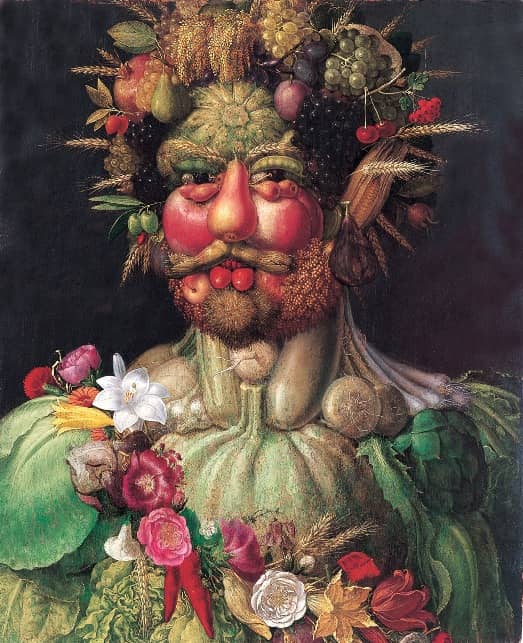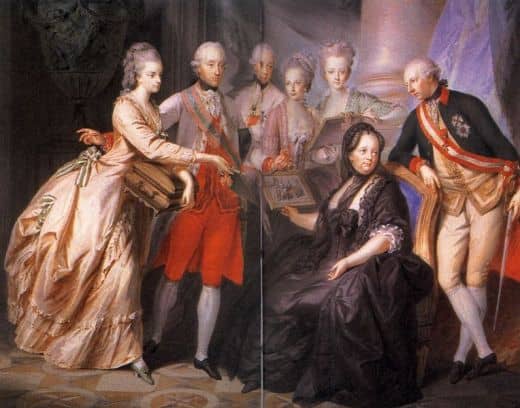

hotline +420774412877

The Habsburgs - The Great Monarchical Dynasty
The Habsburgs, which were also called the Danubian Monarchy and the Austrian Monarchy, is the unofficial term used by the historians to describe the provinces and the countries that were, until 1780, under the House of Habsburg’s rule of the Austrian branch. It was then under the Habsburg-Lorraine’s branch until 1918.
This dynasty of Habsburg contained territories that were both outside and inside the Holy Roman Empire, united solely by the monarch. Its capital was mainly in Vienna, but it was shifted to Prague during 1583 to 1611. It eventually became the Austro-Hungarian Empire between 1867 and 1918. Before the empire was dissolved in 1806, the house of Habsburg’s head was the Holy Roman Emperor. The dissolution happened because the two entities could never meet at a middle ground, as the monarchy was composed of several other lands outside of the Holy Roman Empire that had their own dynasties to rule them.
The Habsburg Castle in Switzerland is where the Habsburg family originated from, and they came to rule Austria after 1279. Over the centuries, the territory that were under the branch’s rule changed, but the one thing that didn’t change was the core, which always had four blocs. Despite all the territories owned by the Habsburgs, the lands could never form one single country, as each province had its separate culture. Even until the middle of the 17th century, all the provinces had their own rulers. These rulers were also members of the Habsburg family, but they were the junior members, and they were known to frequently rule certain portions of these Hereditary lands. The initial attempts to begin centralization were started by Joseph II and his mother, Maria Theresa, which failed. However, after several other attempts, Austria-Hungary was finally formed. The history of Austria-Hungary began right here, as the Habsburg monarchy, the Austrian Empire, the Crownlands, the Austro-Hungarian Empire, and the Lands of Holy Stephen’s Crown eventually united.
You can learn more about this in one of the tours of Prague, as the tour guide will brief you on the history of the country, and how part of the monarchy’s territory came to be included within the Czech Republic.

Posted on: 2015-10-25
Antonin Dvorak is one of the most celebrated composers of Eastern Europe. His contribution in European movies and music is legendary. He was one of the pioneers of Czech classic music. He was influenced by rural Slavic and Moravian traditional dance numbe
Movies and Music
The feast of St. Martin, famously known as the St. Martin’s Day is a major holiday in the Czech Republic. It is an age old Czech tradition to celebrate the completion of crop seeding among the Slavic people. This holiday is also known as Martinmas or Ma
Public holidays
May is one of the best times in the year to visit Prague, Czech Republic, as there are few tourists and the weather is mild. It is said that there are 2 seasons in which one should visit Prague specifically; spring and autumn, which is what makes May the
Weather in Prague and Czech Republic
Entrance Register
Sign up Entrance

Добро пожаловать!
Благодарим за то, что вы с нами!